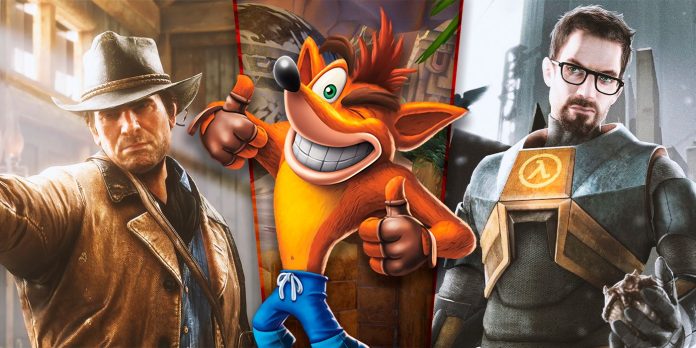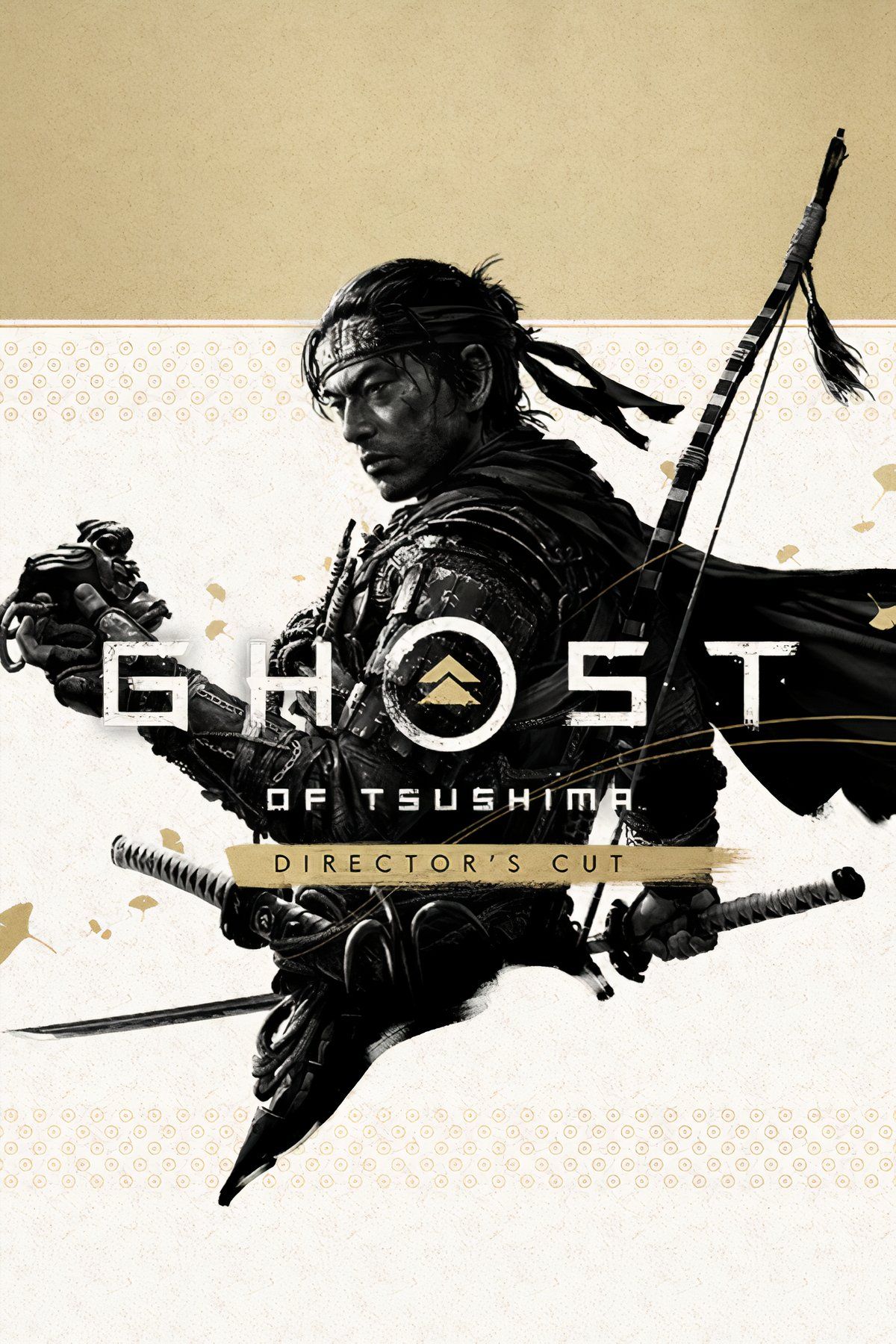
Sign in to your CBR account
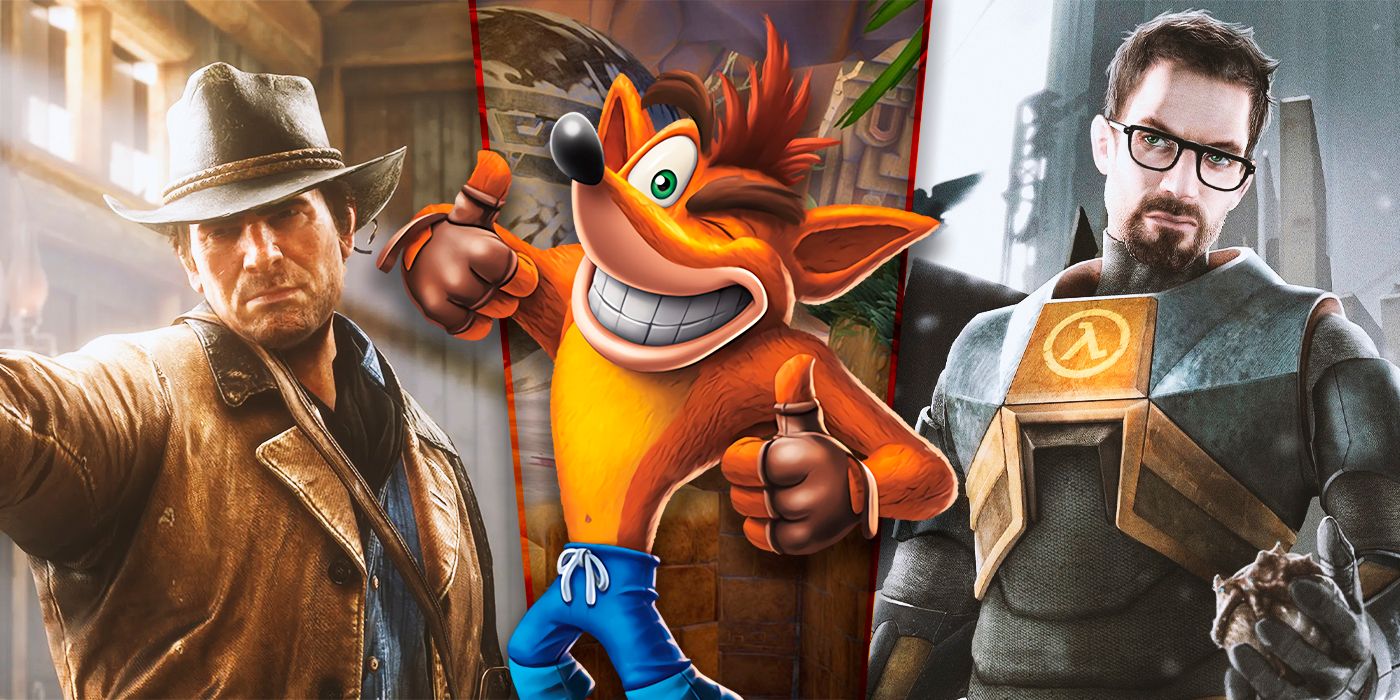
Every gamer has that title that they’ve grown attached to, or may have fond memories of, despite not interacting with it for decades. One of the easiest ways to track the progression of the industry is by looking at the graphics and visual designs of each title on successive generations of consoles. Because there are always a couple of games that stand out above the rest, to push things further when it comes to what can be achieved with the technology available. A great series of visuals can really help the gameplay feel more polished and the narrative much more immersive. That’s why players are so determined to decide upon which title, from each era of gaming platform, looks better than all the rest. For those early days, that is an especially tough topic to cover.
Put simply, many of the games in those early console generations simply haven’t aged very well, of course, because of the technology of the time period. But sometimes, how a game looks may also be partially about how its mechanics flow and the visual palette progresses. Because, especially at the start of the industry, some games looked superb because they were ambitious and shocked audiences who hadn’t experienced anything like this before. So visuals can be just as much about the breakthroughs being made as they are about the actual artistic qualities themselves. Will players agree with every chosen title here? Probably not, but it’s a testament to the beauty of this industry that there are always other games that can be argued to take one of these spots.
9 Magnavox Odyssey’s Prehistoric Safari Was Colorful & Imaginative
The 1st Generation Was Getting the Basics Right
Developed by Sanders Associates and manufactured by Magnavox, the retro Magnavox Odyssey is one of many in the Odyssey series, and an early console in the platform wars. This generation of gaming is an era of experimentation and technological breakthroughs, and players will know the impact that titles like Pong had on wider audiences. As the drive towards creating great home consoles continued, with the backdrop of arcade gaming dominating the space, a series of titles debuted that weren’t much to look at, but got the job done mechanically. It was rare to see a pop of color or intriguing shapes brought to the screen, but Prehistoric Safari did just that, opening up a wider world.
There will be those who have alternative examples of consoles that might have been more promising, or titles that pushed the boundaries further. But, Prehistoric Safari pushed the boundaries by creating a graphically rich image which had bright visuals and strong shapes. It may not be the most inventive title, nor did the game’s mechanics live up to the potential of the medium, but it’s a good-looking game for the time, if players are looking for simple done right. There are obviously titles like 1975’s Moria that also demand attention, which skip that large-scale graphic approach and create a more detailed, nuanced aesthetic. Perhaps the neon lines of that title might be more to the player’s tastes.
8 Atari 5200’s Pitfall II: Lost Caverns Pushed Things Forward
The 2nd Generation Took On New Challenges

The Atari 2600 is often considered to be the better console of the 2nd generation, considering it had a slightly more robust roster of titles and was more accessible to players. However, the Atari 5200 utilized much more powerful visuals and was released after its predecessor, therefore taking on new technology. A range of titles really stand out, from Rescue on Fractalus! and its 3D elements, to this pick, Pitfall II: Lost Caverns. The best way to sum up this title is versatility. Because the level design was varied, the visual palette was constantly evolving, and the gameplay mechanics themselves were highly entertaining. The game could seemingly do everything, including look great.
Pitfall II: Lost Caverns captures nature effectively, portrays bodies of water, has fun character models, and runs ever so smoothly for the period. It might have its limitations, but what it does with its strengths is unparalleled. This was an example of a game trying to work ahead of its time, and developers working on future console generations would absolutely be able to look at this title as an assessment of what’s genuinely possible. With interesting swimming mechanics and fluid character animations, Pitfall II: Lost Caverns seemed to understand the importance of personality within a game’s development.
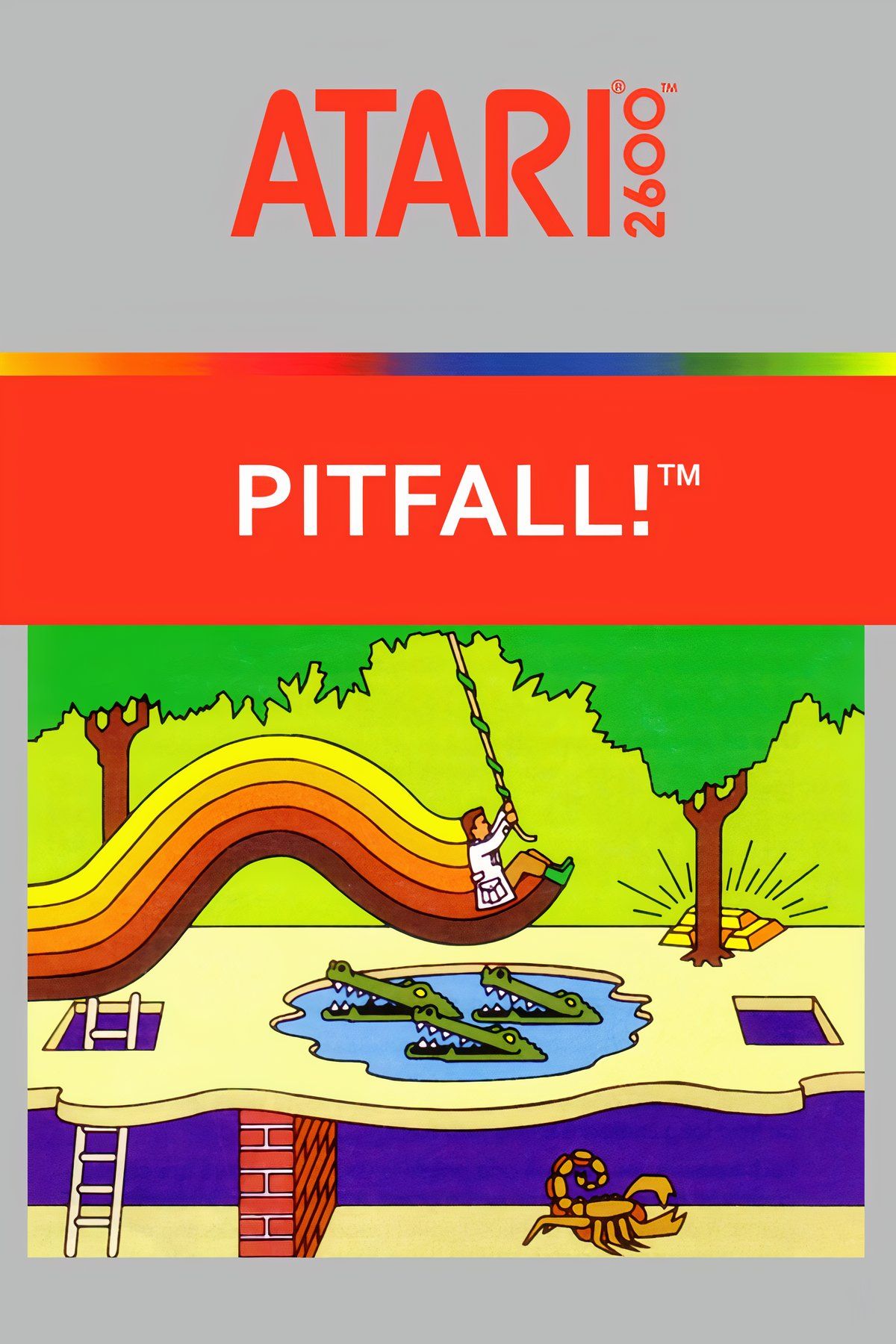
Pitfall!
7 NES’s Batman: Return of the Joker Looked Almost Next-Gen
The 3rd Generation Was Defined By Heavy-Hitting Titles
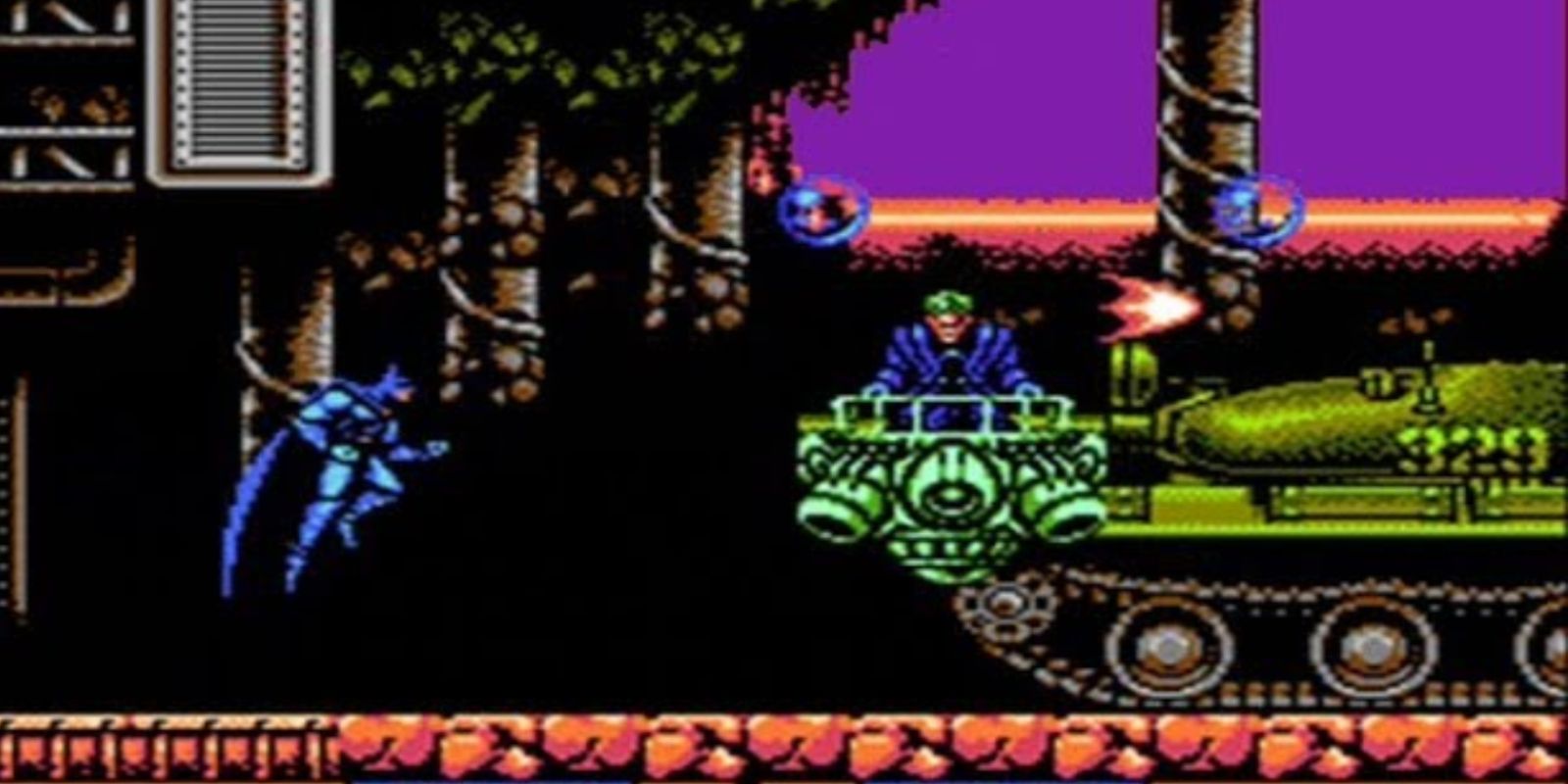
It’s not often that a pre-existing franchise ends up being one of the highest quality games on a platform, let alone a console generation. But with the Nintendo Entertainment System really standing out graphically, and series like Super Mario, Mega Man, and Kirby all providing ample competition, it was Batman: Return of the Joker that somehow looked as if it was part of the 4th generation of consoles. Maybe it’s the sheer detail that’s packed into the image. Maybe it’s the contrast between shadowy elements and bright colors, giving a sense of more authentic lighting. Or maybe it’s just how much the developers, Sun Corporation and Ringler Studios, were able to get out of the console.
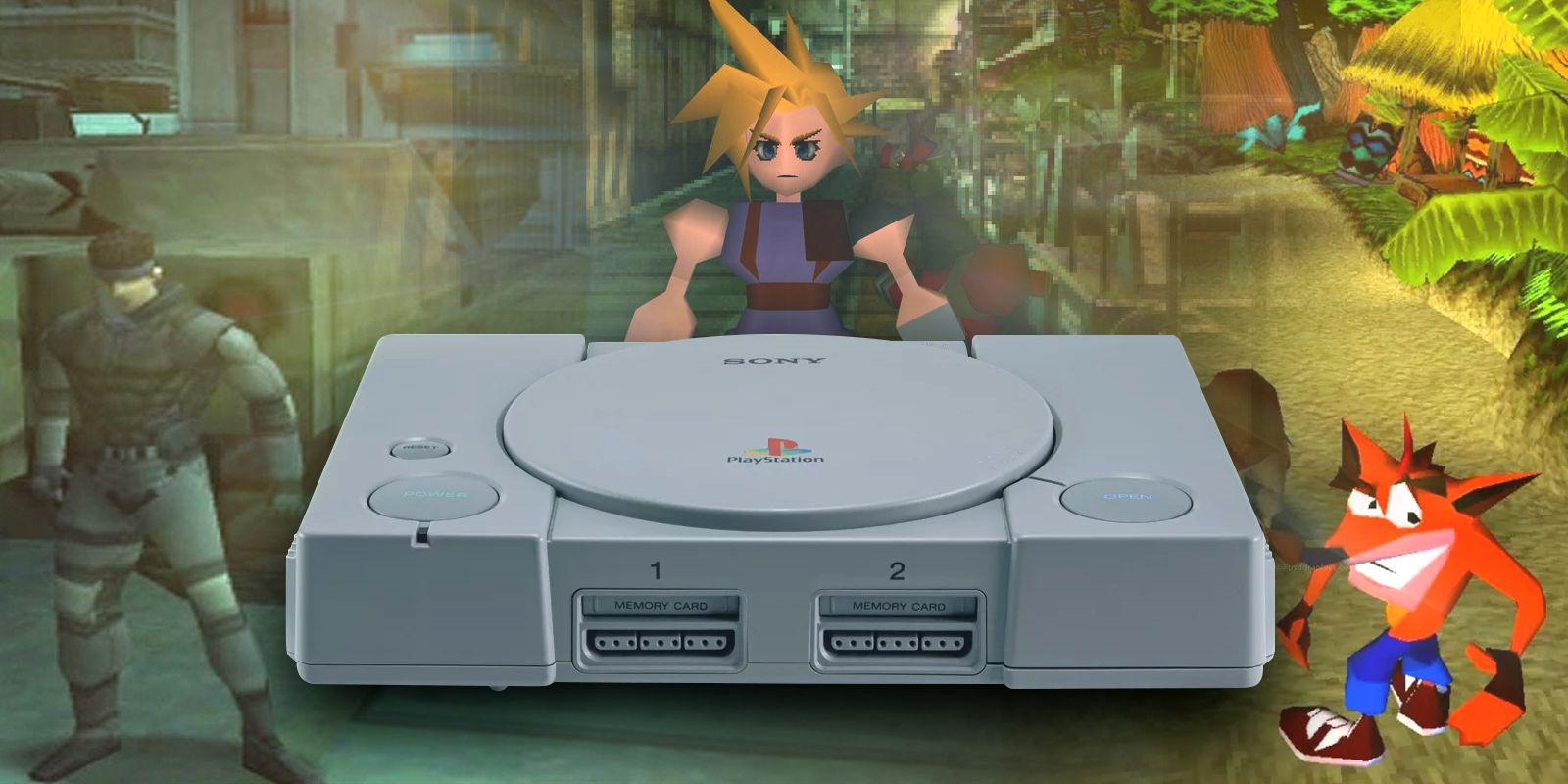
Related
10 Things the PS1 Did Better Than Any Other PlayStation Console
The PS1 outshone the PS2 other PlayStation consoles in all kinds of ways.
Whatever the answer, Batman: Return of the Joker felt as if it was a step towards more cinematic storytelling. This was no longer an image that was barely visible, but told the narrative succinctly, through comic book-accurate aesthetics and subtle animation. Maybe what deserves the biggest mention are the effects that were brought into the game, with weather having a major impact on the visuals. Not only were the backgrounds compelling, but the environment Batman was contained in also seemed to come to life. This is a great example of a developer utilizing every tool in their arsenal to get a polished finished product.
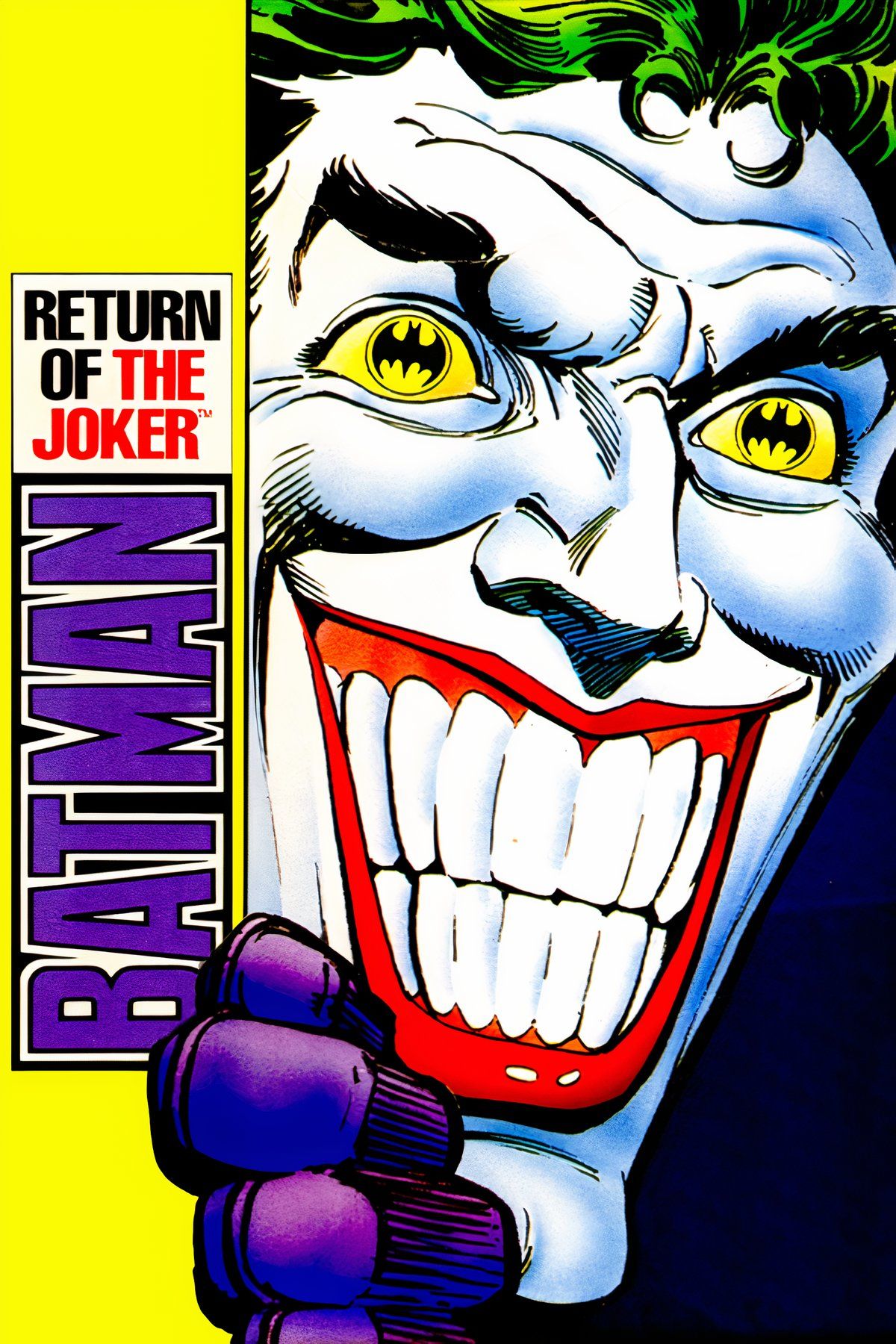
Batman: Return of the Joker
- Released
- December 20, 1991
6 SNES’s Donkey Kong Country 3 Is a Classic For a Reason
4th Generation Consoles Started to Modernize
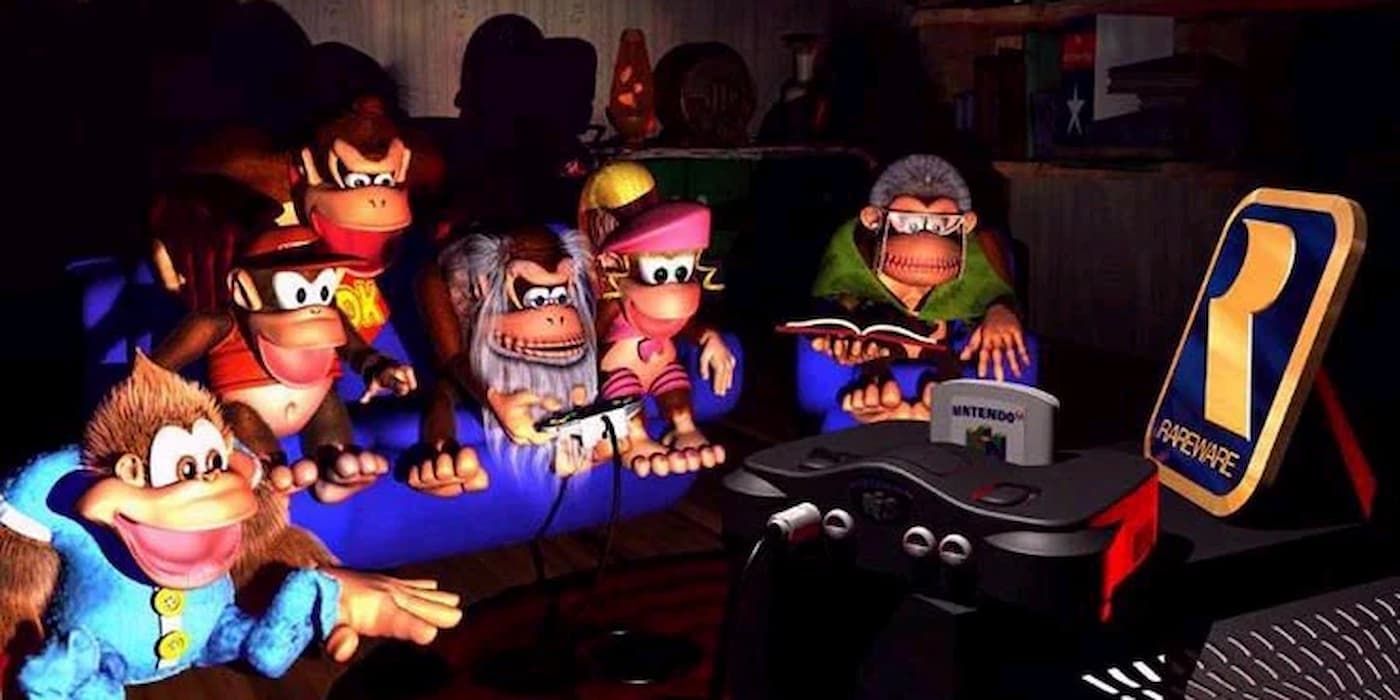
The SNES was yet another major stepping stone for Nintendo, and a signal that the company was always going to be able to hold its own among the competition. While other consoles during the era stepped up their games, it’s fair to say that the SNES had some of the best visuals. The Donkey Kong Country saga, in particular, was always superb for its visual storytelling, but the third entry indicated that Nintendo wasn’t done with pushing the boundaries of what it was capable of.
Donkey Kong Country 3 might be stylized, 3D-esque, and slightly absurdist in its imagery, but what’s most important is that there is a specific vision and style to the graphics. These characters feel real and alive, despite the fact that they may look like caricatures. Their animations certainly help, and the cut scenes go a long way in adding to that depth. But from the environment, to the continuous use of impressive techniques including lighting and VFX, Donkey Kong Country 3 is still a favorite today.
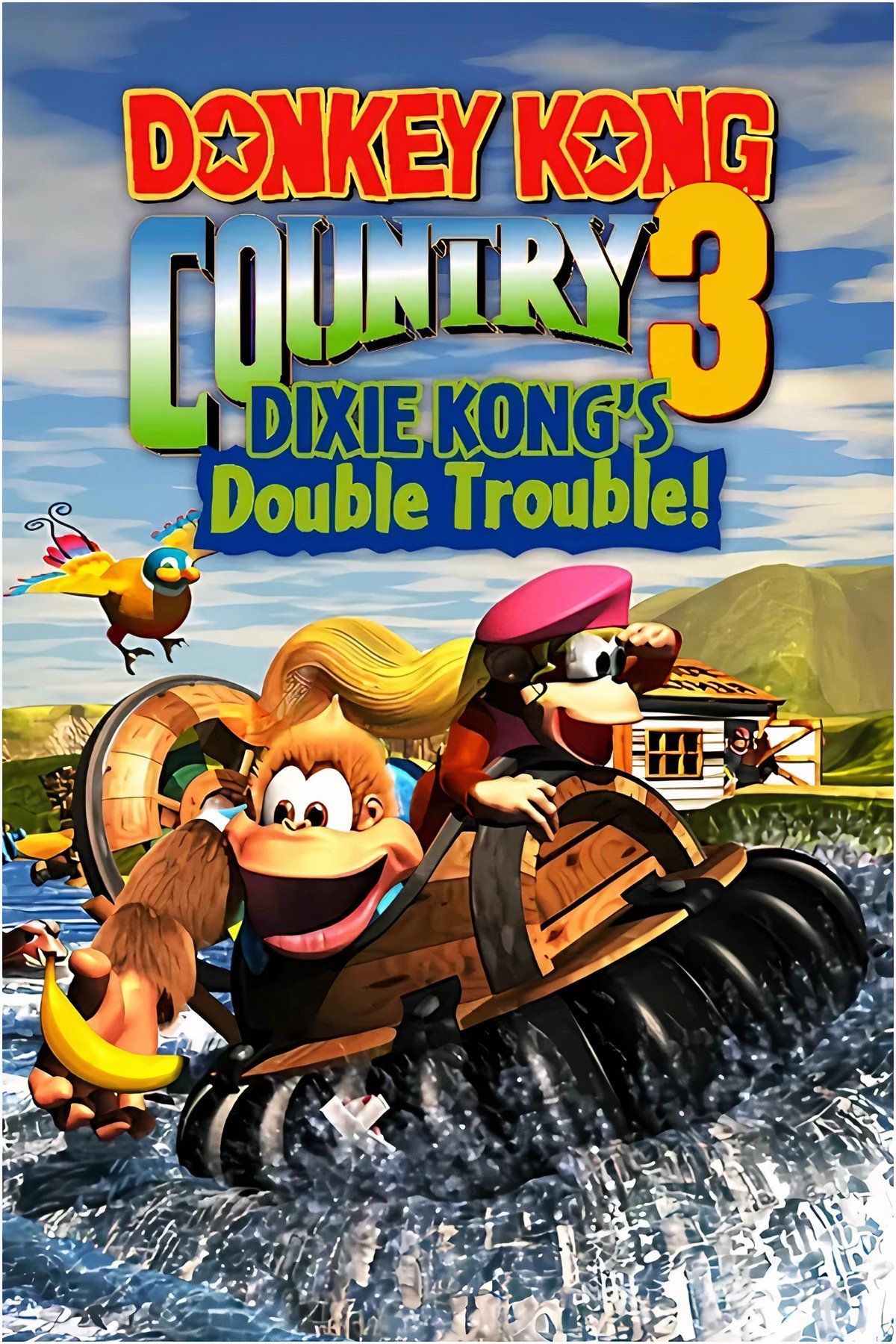
Donkey Kong Country 3: Dixie Kong’s Double Trouble!
- Released
- November 22, 1996
5 PlayStation’s Crash Bandicoot Broke the Mold
The 5th Generation Marked a Transition
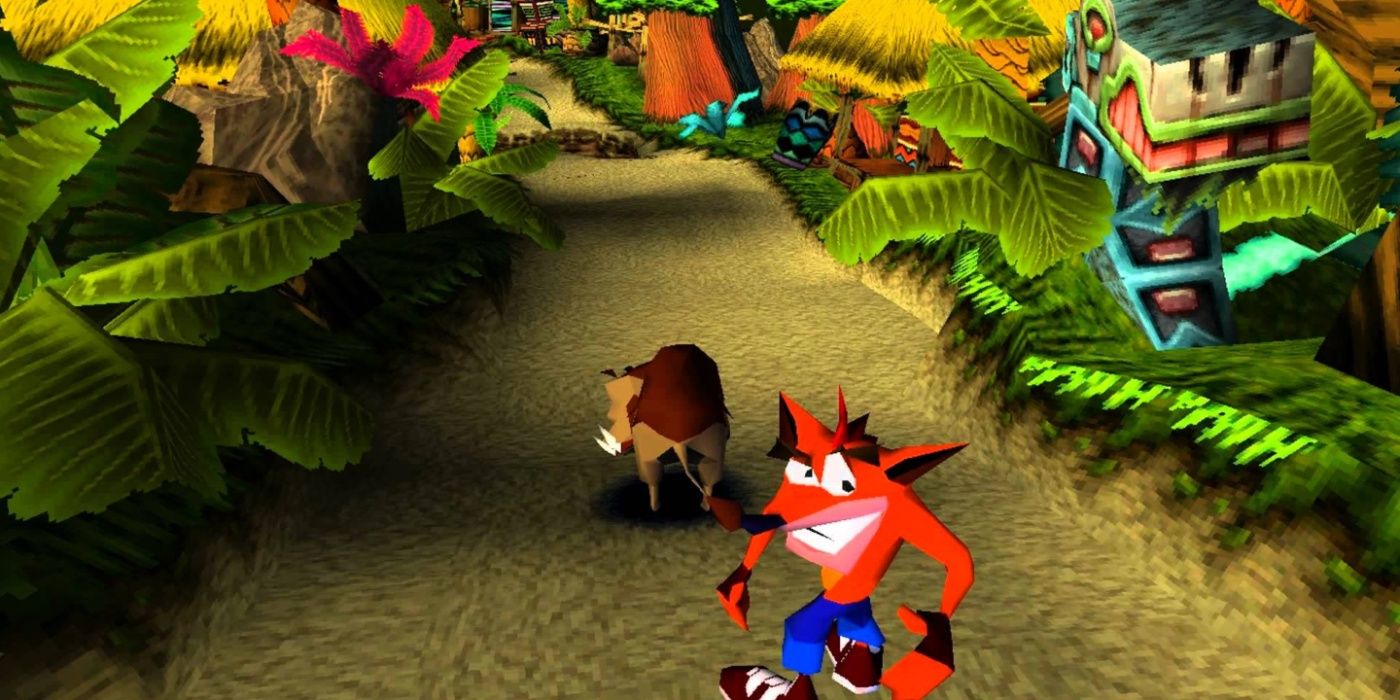
There are a lot of great games on the 5th generation of consoles that aim for a more realistic visual palette. And while there will be some suggesting that other consoles boast better graphical potential, this entry goes to Crash Bandicoot on the original PlayStation, for launching a franchise that’s full of visual creativity and ingenuity. While this might be another stylized game, Crash Bandicoot has aged superbly, speaking to the sheer quality of the behind-the-scenes work at play here.
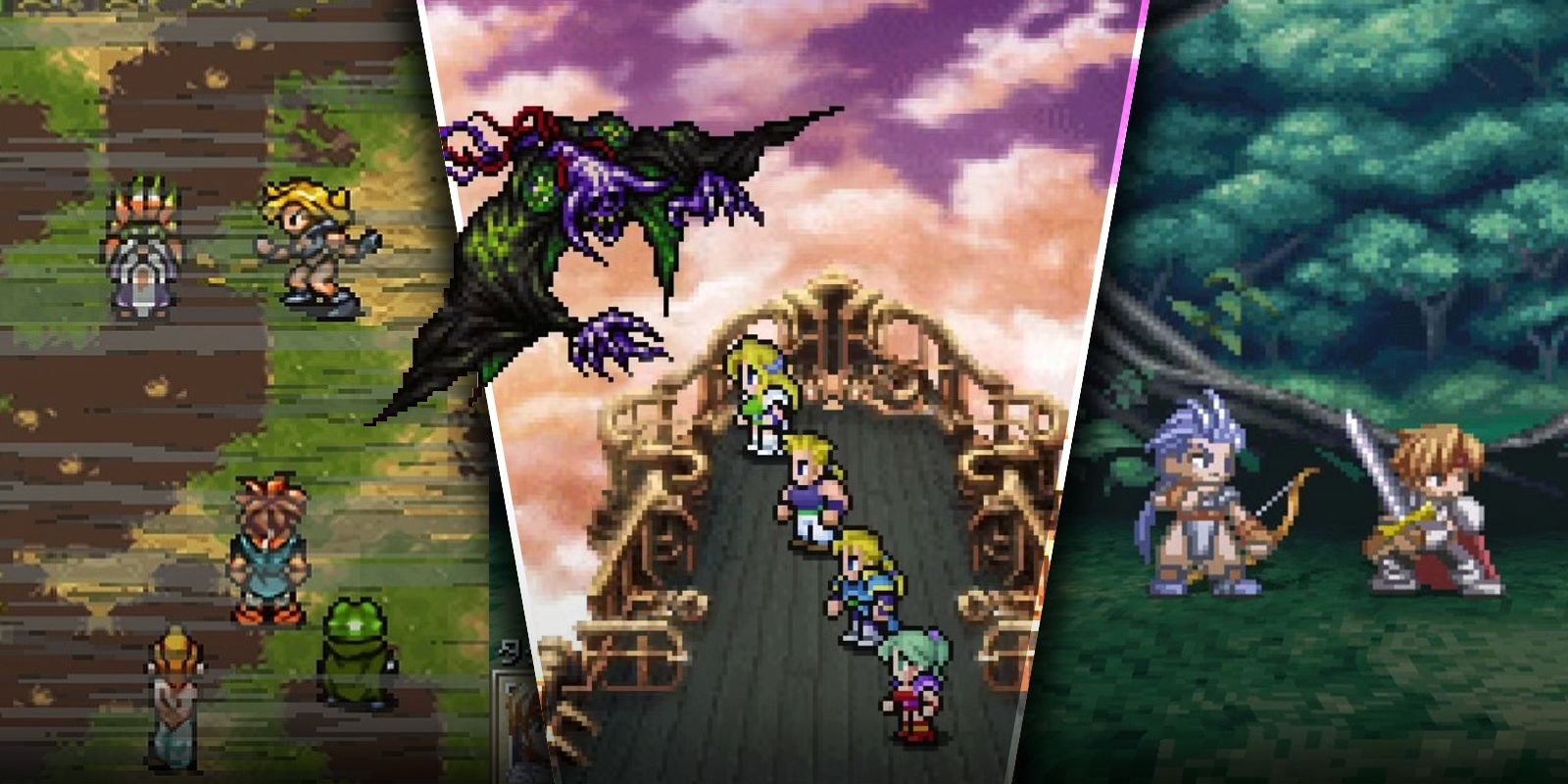
Related
10 SNES Games That Pushed the Console to the Absolute Limit
The Super Nintendo might seem antiquated nowadays, but some of its games, like Chrono Trigger, pushed the system to its graphical limits.
Although titles like Tekken 3 might have pushed forward the technology in use, the timeless quality of Crash Bandicoot ensures that it continues to be relevant even today. The title boasts some high-speed action, and it takes real skill to be able to create characters and scenery that are still instantly readable, even when dealing with the chaos of gameplay itself. Everything here is very well-considered, and fans of Crash Bandicoot will have fond memories of that title and the incredible character models that went on to reappear down the road.
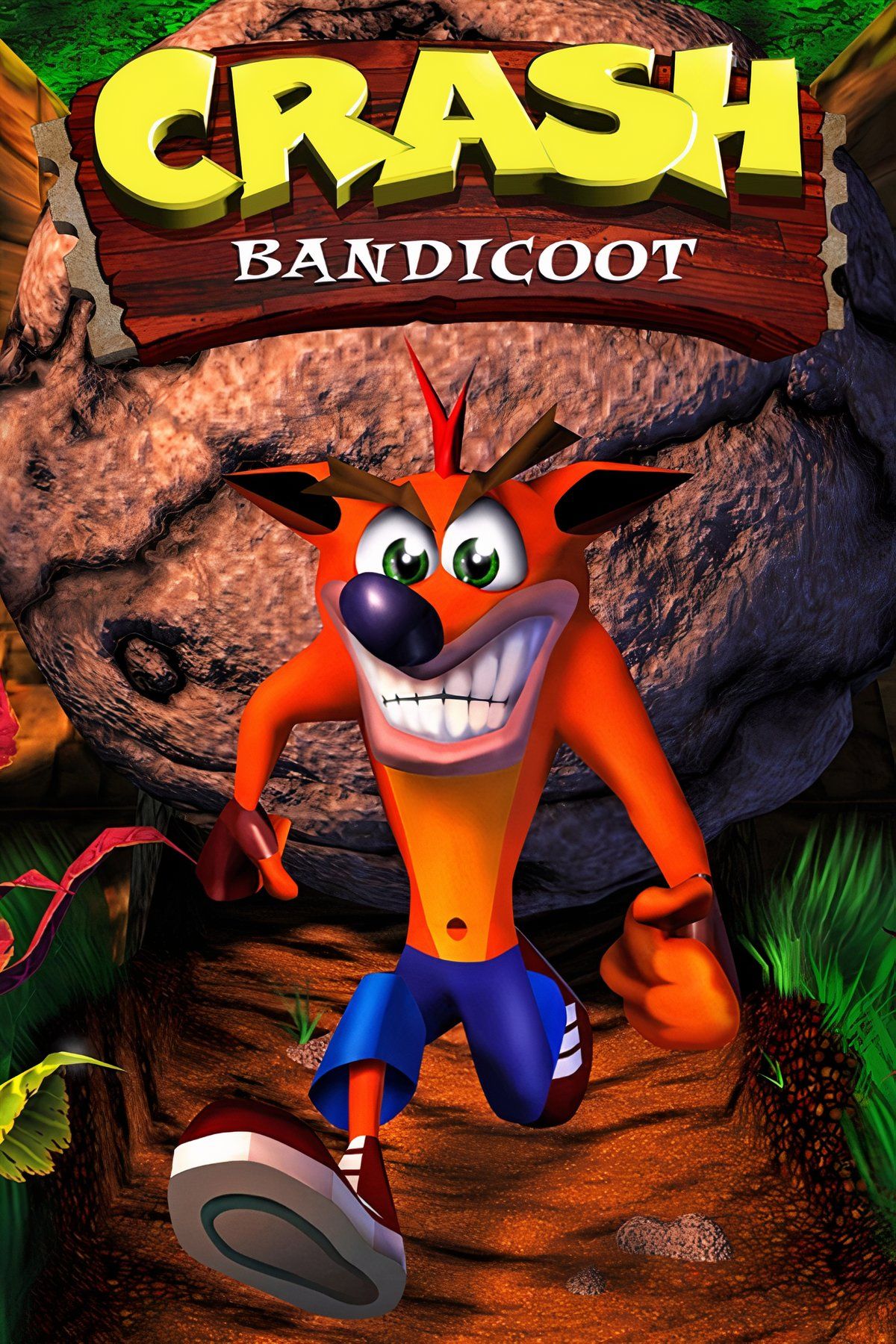
Crash Bandicoot
- Released
- September 9, 1996
4 Xbox’s Half-Life 2 Sets the Standard
The 6th Generation Took Some Risks
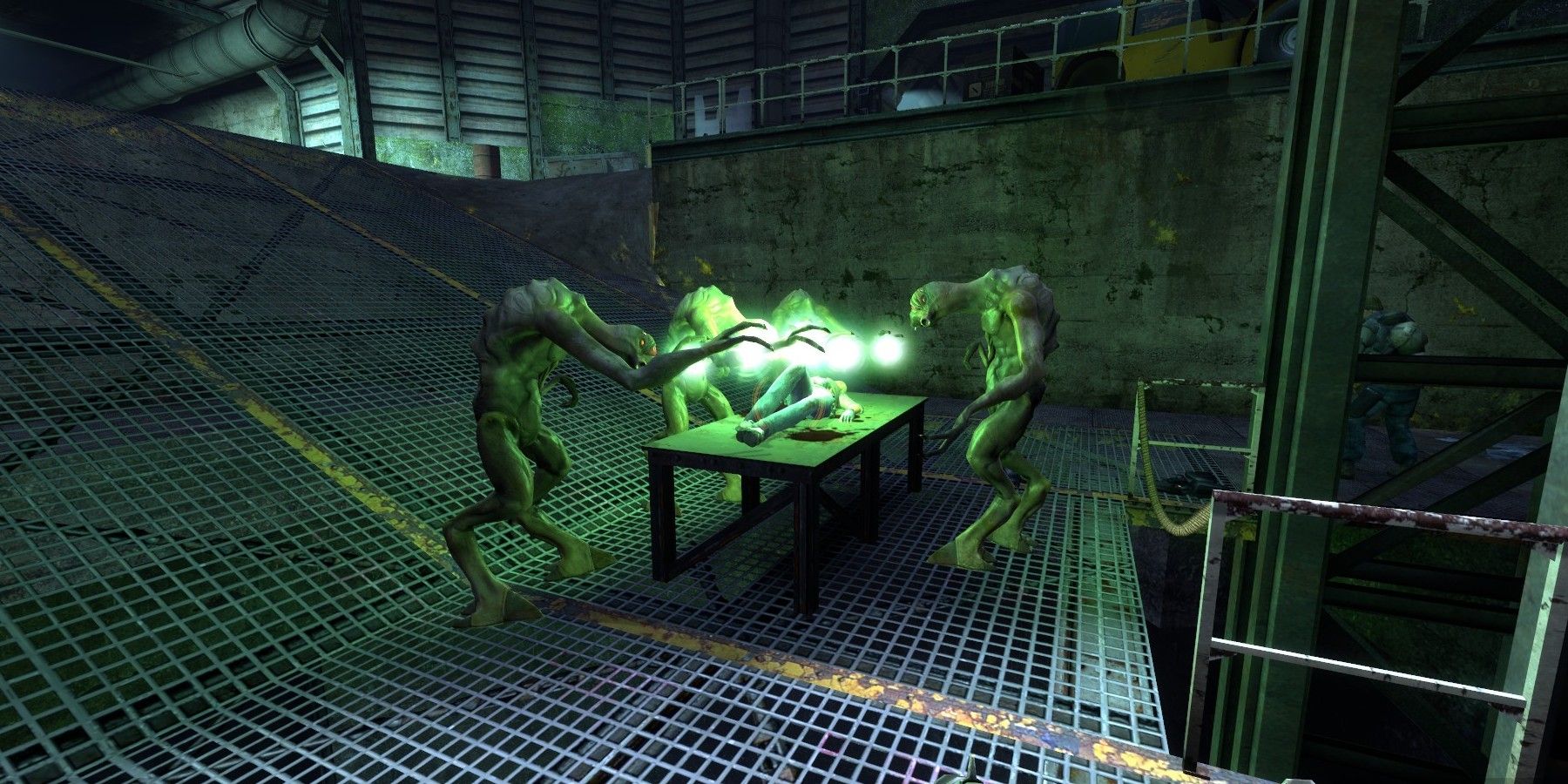
The original Half-Blood game looked stellar, and it’s hard to see how it could have been topped. But, running on the original Xbox, Half-Life 2 went that step above, to ensure that players were still surprised by the final experience. As will be seen down the line, this is where truly cinematic qualities begin to be brought into gameplay, with developers mastering shadows, lighting, VFX, and other such elements that bring the world together. Valve are masterminds when it comes to pushing technology, and the Source game engine used in this title’s development has a lot to answer for.
Sure, there are flaws still to be found, partially because the game still wasn’t where it needed to be for the developers at Valve to be totally satisfied. That’s a team that is always pushing for more, even past perfection. But with Valve finding unique answers to classic problems, Half-Life 2’s visuals appear to evolve as the game progresses. The longer spent with the game, the easier it is to realize that this is unmatched, although there will be PC players out there who will argue that the best way to experience this title is via Windows.
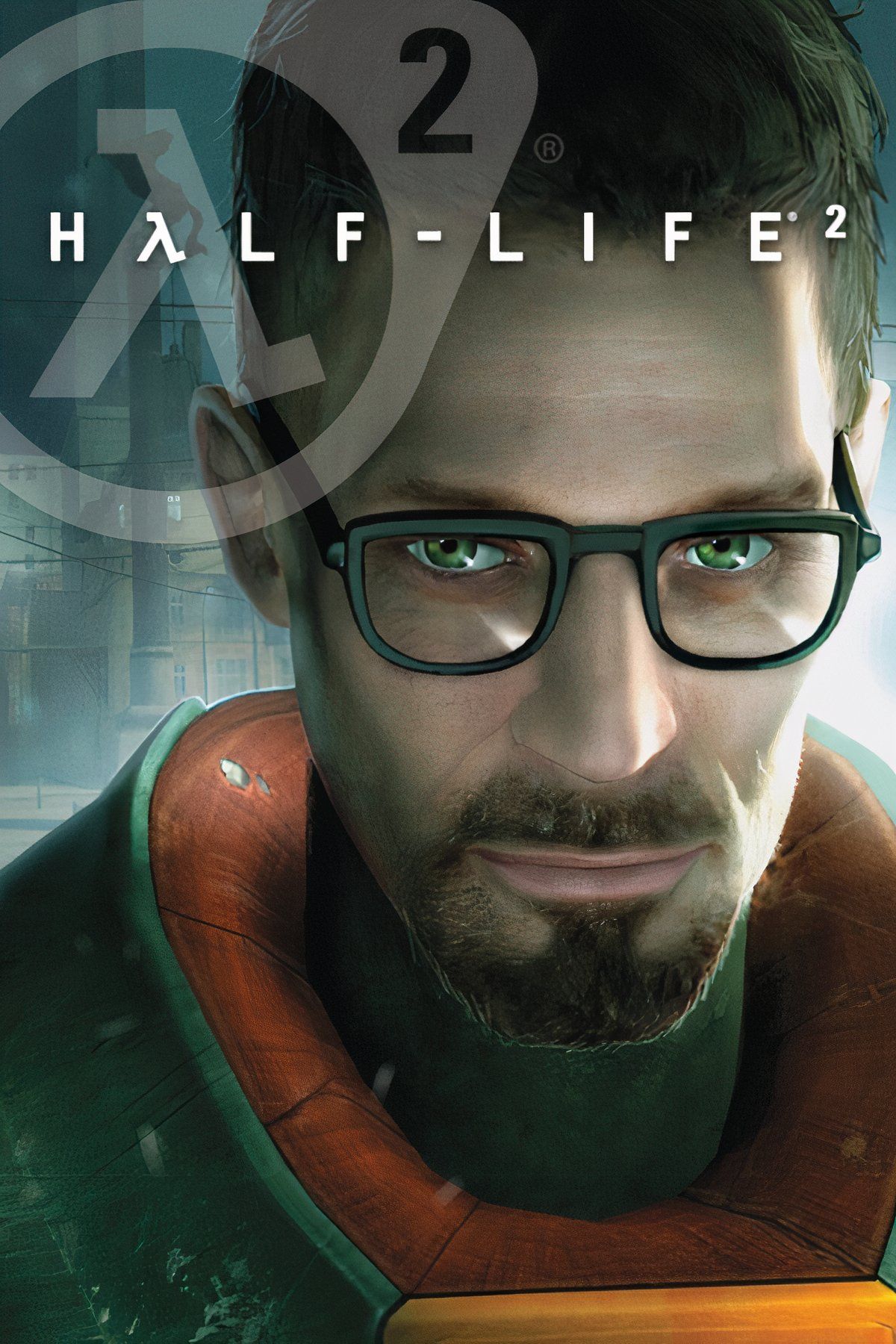
Half-Life 2
- Released
- November 16, 2004
3 Xbox 360 & PlayStation 3’s Grand Theft Auto V Shaped an Open World
The 7th Generation Expanded Ideas
Grand Theft Auto V is infamous culturally. It has had such a significant impact on today’s pop culture and remains one of the best-selling games of all time. Whether it was played on the PlayStation 3 or the Xbox 360, Grand Theft Auto V simply looks amazing, and that’s when taking its significant scale into account. Because Grand Theft Auto V isn’t a typical level-based game, where developers could dive into the environment of each scene, or perfect a couple of major NPCs that would continue to show up. Because Rockstar Games did this on an even bigger level.
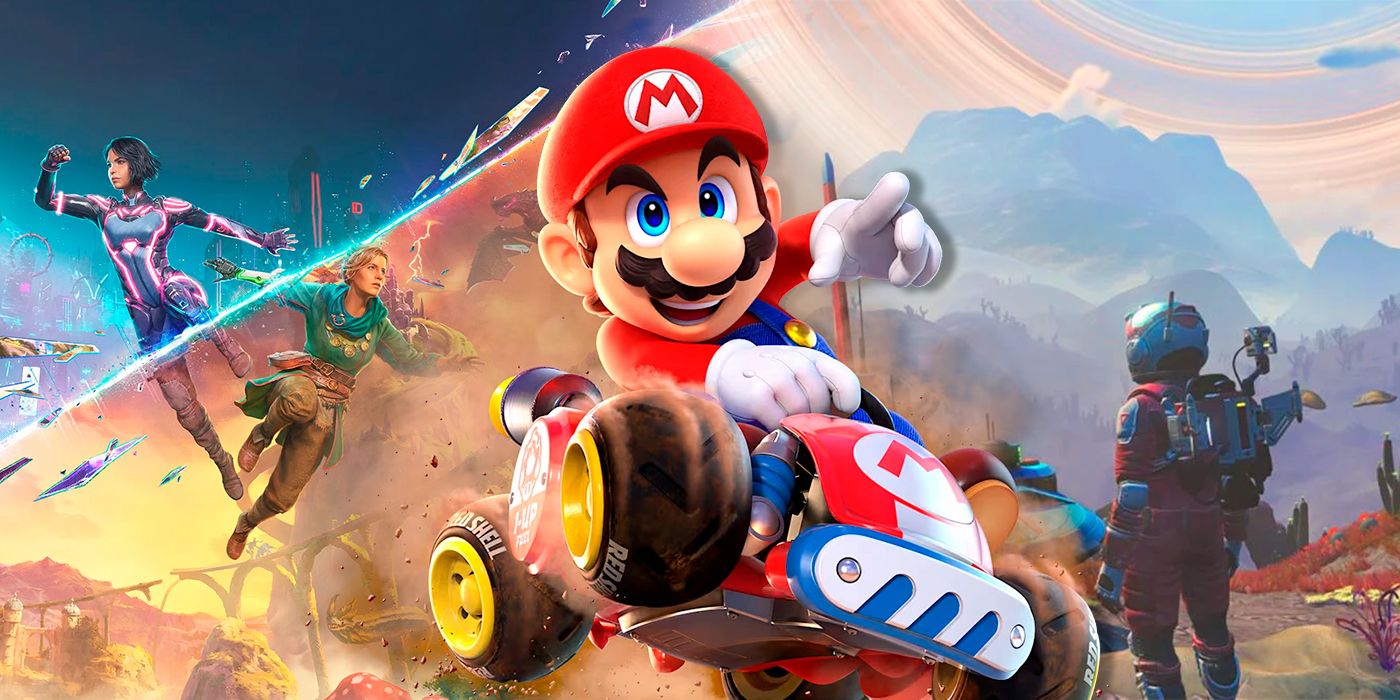
Related
8 Best Games on the Nintendo Switch 2 That Make the Console Worth It
From elevated existing games to upcoming new adventures, these Nintendo Switch 2 games make it worth the wait.
As open-world games go, this one is something truly special. Players are immersed in this underworld of violence and crime like never before, with realistic settings, believable characters, and an endless array of character animations. There’s such freedom in this game, and the visuals never drop as players explore, race, or fight. The cut scenes might be spectacular, but it’s that option to free roam that sets this title apart as a powerhouse of innovation. It’s simply not easy to make a game look this good on this scale, but Rockstar Games makes it work.
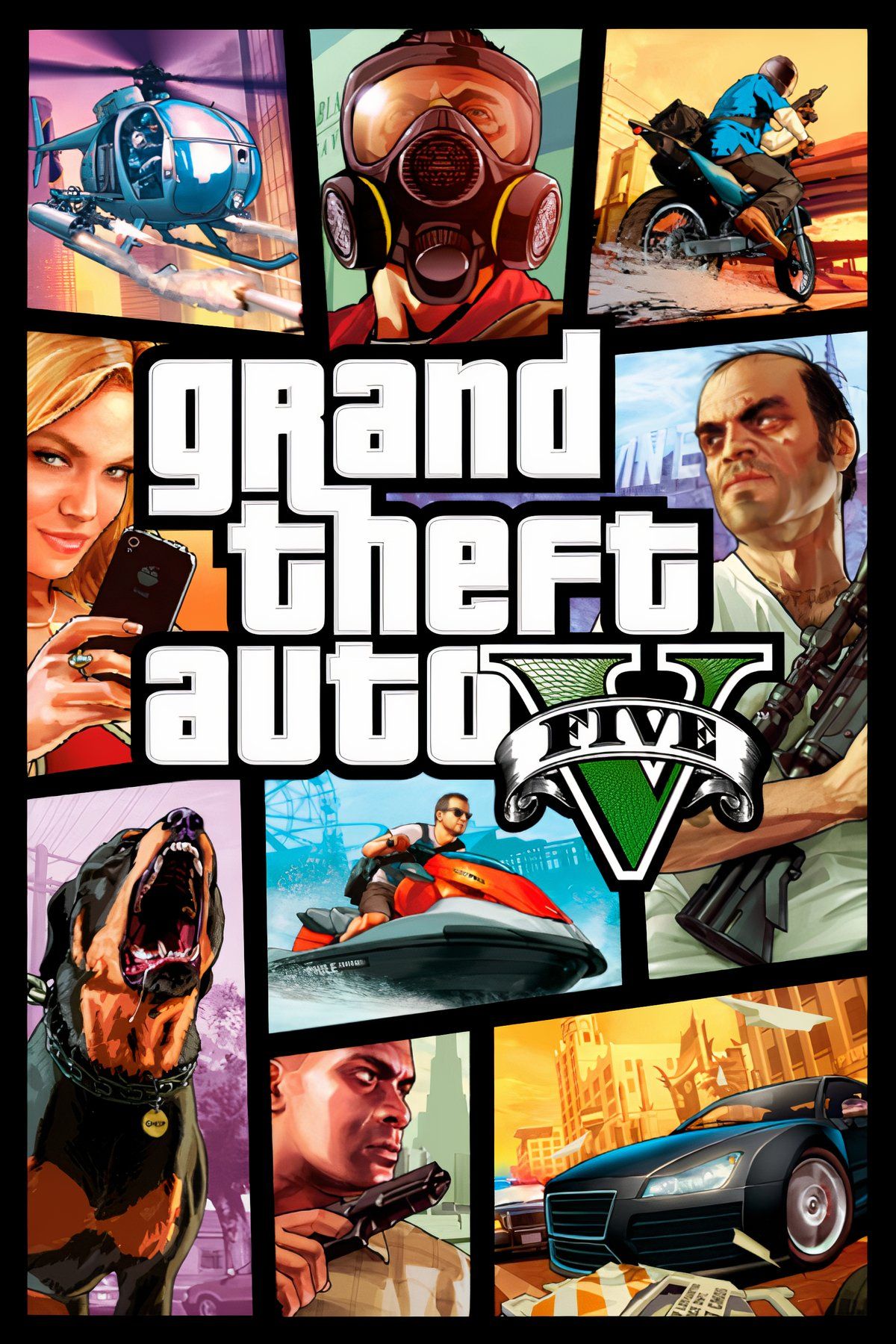
2 PlayStation 4’s Red Dead Redemption II Packs In So Much Detail
This 8th Generation Defined Current Gaming
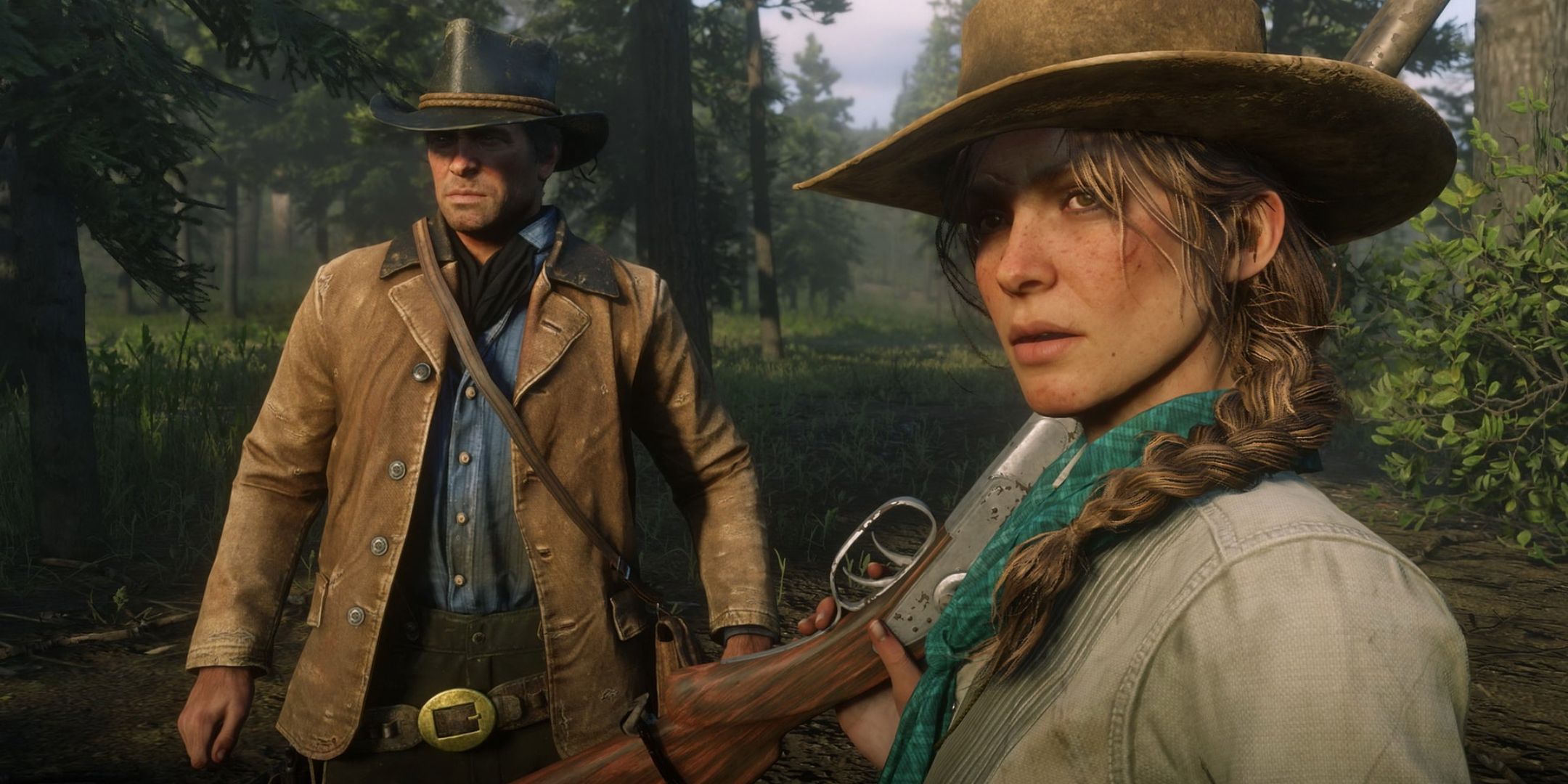
It’s perhaps a shock to no one that Red Dead Redemption II gets a mention here, for many of the same reasons Grand Theft Auto V is included. It’s head and shoulders above the competition, focuses in on all the tiny details that bring a world to life, and is the richest open-world that’s ever been created. From the Western towns to the gorgeous environment and the stunning setting sun, everything about this game feels as if players are watching a classic movie from the golden age of Hollywood playing out in front of them.
Red Dead Redemption II probably looks best on PlayStation 4, but if PlayStation games are being mentioned, then Horizon Zero Dawn also has to get a shout-out. While this was an original game, with compelling visuals and some interesting artistic concepts, there’s something so present and nuanced about the choices made throughout Red Dead Redemption II. It’s fair to say that this could even be considered a 9th-generation game ahead of its time, because of the advancements it made for the genre, both mechanically and graphically.
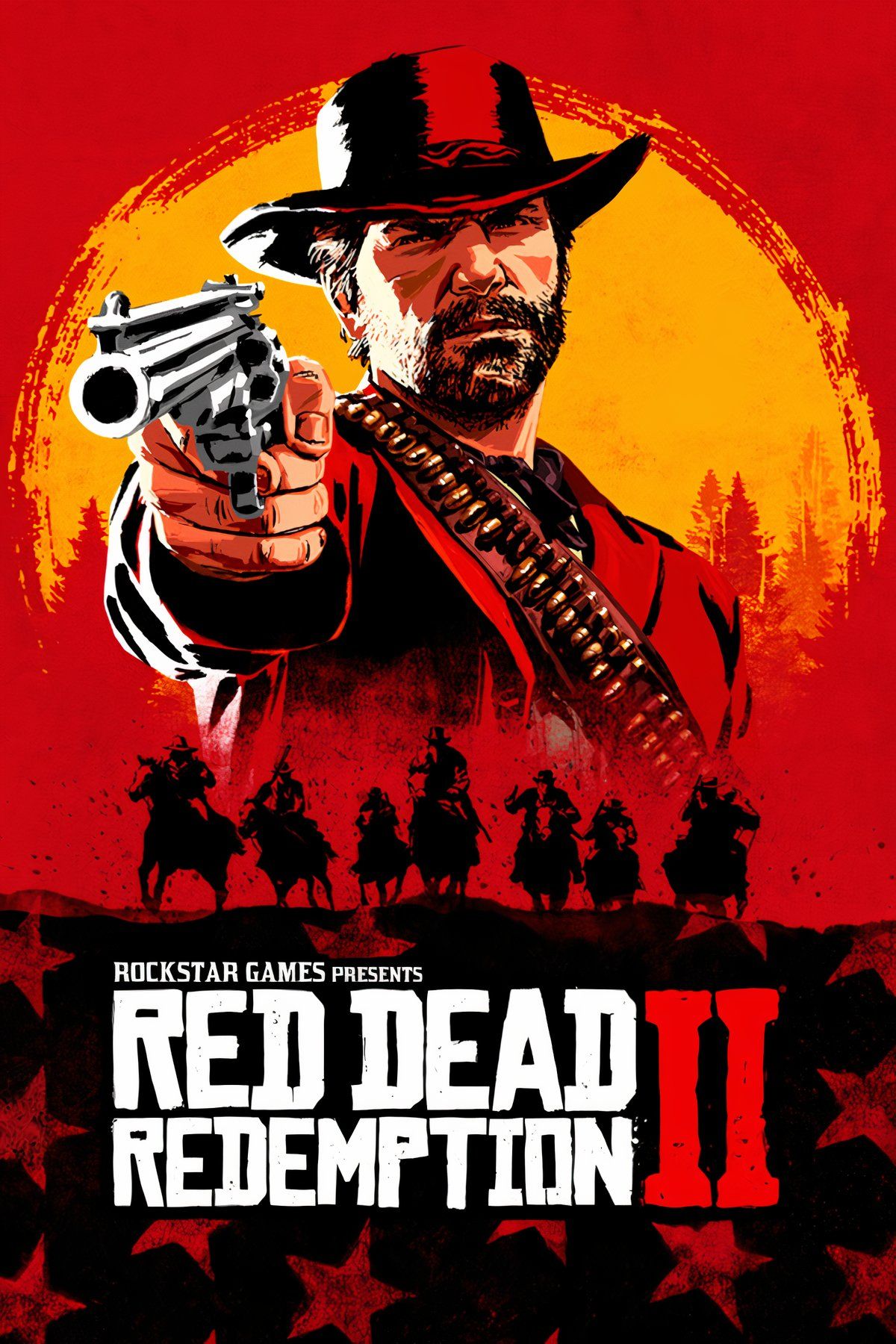
1 PlayStation 5’s Ghost of Tsushima: Director’s Cut Is Unmatched In Its Imagery
The 9th Generation Boasts Such Depth
Ghost of Tsushima was an astounding game on the PlayStation 4 and a testament to what Sony and SuckerPunch Productions were able to achieve together. But players really wanted to see what this game looked like on the PlayStation 5, with next-gen technology driving its visuals. The Ghost of Tsushima: Director’s Cut was eagerly anticipated and didn’t disappoint. Because those beautiful landscapes, detailed costumes, and stunning color combinations really popped in this new format. The PlayStation 5 arguably has some of the best titles on the current generation of consoles, when it comes to those visuals, and other games are sure to rival this entry.
However, one thing that shouldn’t be underestimated is the storytelling power of Ghost of Tsushima: Director’s Cut, because it feels like every cinematic shot in this title has been chosen with narrative purpose. This isn’t just a game that looks good for the sake of showing off. This is an immersive experience that honors Japanese history and culture and pays homage to classic Samurai stories of the past. Games are so often elevated by their intricate details, and Ghost of Tsushima: Director’s Cut’s visuals certainly boast many of those smaller elements. But it’s perhaps the natural beauty of the scenery that really sets this game apart. It’s rare that the quality of the imagery is a reason to keep exploring an open world, but that’s the case here.
